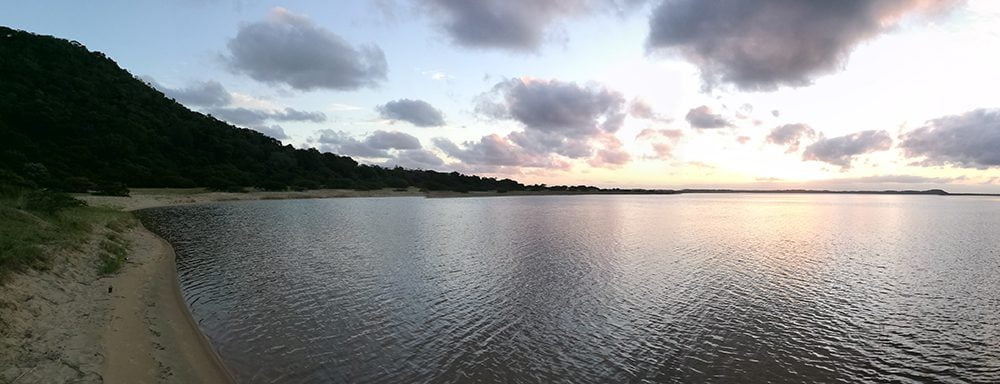

I am proud of JG Afrika’s ongoing involvement in helping find a workable solution for the declining water levels in northern KwaZulu-Natal, including the Vazi Pans peatland wetland system.
In a more recent development, I was invited to share my team’s experiences working on many groundwater projects in rural areas of the province on World Wetlands Day on 7 February 2018. Hosted at the Isibusiso Esihle Science Discovery Centre, the event brought together community leaders, municipalities, state departments, scientists and industry.
They have now agreed on the issues and there is a commitment to work together to find water sustainable options for livelihoods, economic growth and job creation.
Our experience shows that there is a greater chance of success when there is increased interaction between the technical, political and social components.
This important step will ensure an outcome that emphasises climate resilience, while providing a road map to explore alternatives and solutions proposed by experts.
It is complemented by integrated research that spans various relevant fields, ranging from environmental monitoring to resource economics.
A formal proposal is now being drafted and, importantly, it focuses research into ways of replacing the existing resource-based economy in the area with sustainable alternatives.
This plan will be used to apply for funding from various sources to assist in the development of a document that will guide the implementation of a strategy for the Vazi-wetlands.
Several scientific studies all concur that forestry plantations in the region are having a significant impact on water resources. Additional stressors include a prolonged drought and increased levels of abstraction for human consumption. Superimposed on this is the threat of climate change impacts on the area.
The declining water table has also led to the drying out of the peatlands with the earliest reported incident of severe burning in Vazi-North in 1998. In 2017 fires broke out again in some of the peatlands resulting in an increased loss of peat and with it the release of greenhouses gases.
The declining water levels are also having a dire influence on the livelihood of the rural community in the area.
Research undertaken by JG Afrika and the South African Environmental Observation Network (SAEON) has revealed a significant drop in the water table in the area around the Vazi-wetlands as early as 2000. The situation has been compounded by changes in climate and low rainfall levels in the area.
After monitoring efforts came to a halt in 2014, when water tables fell below gauging stations, JG Afrika and the SAEON, working with the Department of Water & Sanitation, intervened to ensure real-time data was available to capture the continued declining trend.
The combined impact of forestry and below average precipitation in the area is evident by the extremely low levels of Lake Sibaya.
Further research is required to determine whether changes in land use, rainfall levels and climate will reverse the decline.
While previously thought to be a simple function of rainfall, studies into the recharge of groundwater are further complicated by high-energy events, such as cyclones, as well as flooding on the Pongola River. There may be further consequences for the entire system should these dynamics change.
Deterioration at surface water ponds throughout the area has confirmed the sheer extent of the challenge that lies ahead.
JG Afrika’s research has revealed an estimated 3,5 m drop in the water table level at the Giba Pan in Mnqobokazi. Water loss from the groundwater system is between 450-million m3 and 900-million m3, equating to between 3 200 and 6 400 l per person annually for the entire uMhlabuyalingana Local Municipality.
A long-term solution to the declining water levels in the northern coastal flats aquifers is dependent upon the accurate capture and interpretation of information by relevant and experienced scientists. This will assist in the identification and interpretation of trends, as well as in forecasting the eventual complete depletion of water levels.
Authorities should also increase expenditure in the area to assist in the development of a formal implementation plan. This includes familiarising politicians and local contractors with the latest standards and protocols.
I thank the National Research Foundation, Water Research Commission and SAEON for the opportunity to participate in an initiative that is expected to have a profound positive impact on the Vazi-wetlands.
Mark Schapers is a technical director with JG Afrika. He is involved in many groundwater projects in this area of KwaZulu-Natal. This includes a number of stand-alone groundwater supply projects on behalf of the Department of Basic Education and Department of Agriculture and Environmental Affairs, as well as public-sector bulk-water and water-supply projects in rural kwaNgwanase and Mabibi, respectively.
